Our organization is dedicated to ensuring that individuals impacted with disabilities are treated with dignity and respect.
What is Power to Marc?
Power to Marc is the main part of our brand that represents everything we do. It is the face of our organization, showing the world who we are. Through Power to Marc, we share a clear and unified image of our values and goals.
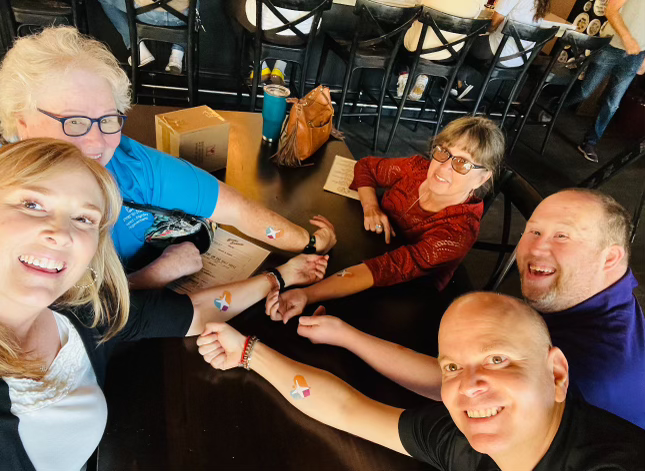
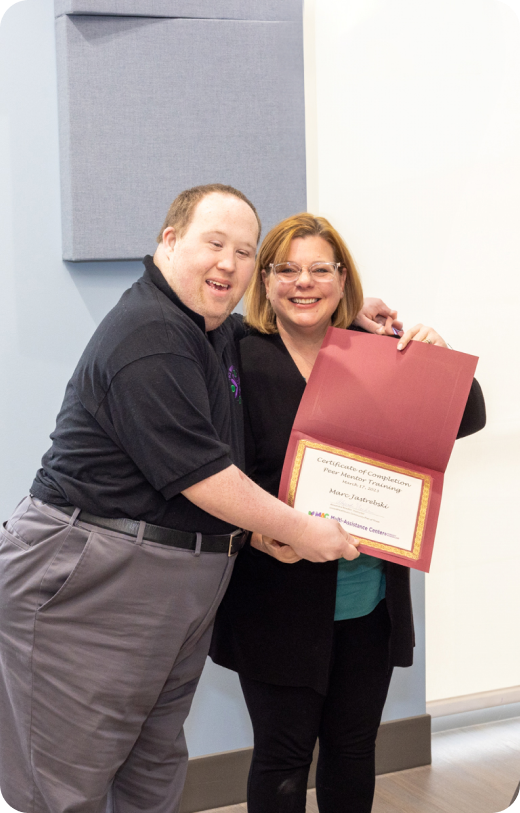
What is The Marc Jastrebski Institute (MJI)?
The Marc Jastrebski Institute (MJI) will be the think tank and keeper of the flame in terms of maintaining and updating the unique philosophy of care and practice model called Practice Without Pressure, or PWP. To use an industry analogy, the MJI will also serve as a lab and R&D (research and development) function. Evidence-based research projects related to the PWP Philosophy and Practice Model will also be conducted through the MJI.
The MJI will also produce educational programs that will be available online and in person. Lastly, the MJI will also produce certification and accreditation criteria related to adherence, compliance, and fidelity to PWP and Power to Marc. In summary, the MJI, under the Power to Marc brand, would be responsible for content creation, curriculum updates, PWP program fidelity, educational programs, and certification and accreditation.
What is
Practice Without
Pressure?
PWP is the output produced by the MJI that is translated into the process of how we do things and how we apply our philosophy into action. PWP is the "how" and the "what".
It is a specific methodology and process where we empower individuals with disabilities, their caregivers, and professionals that serve them, by providing tools, education, and training necessary to foster the active participation of those individuals in their medical, dental, and personal care.
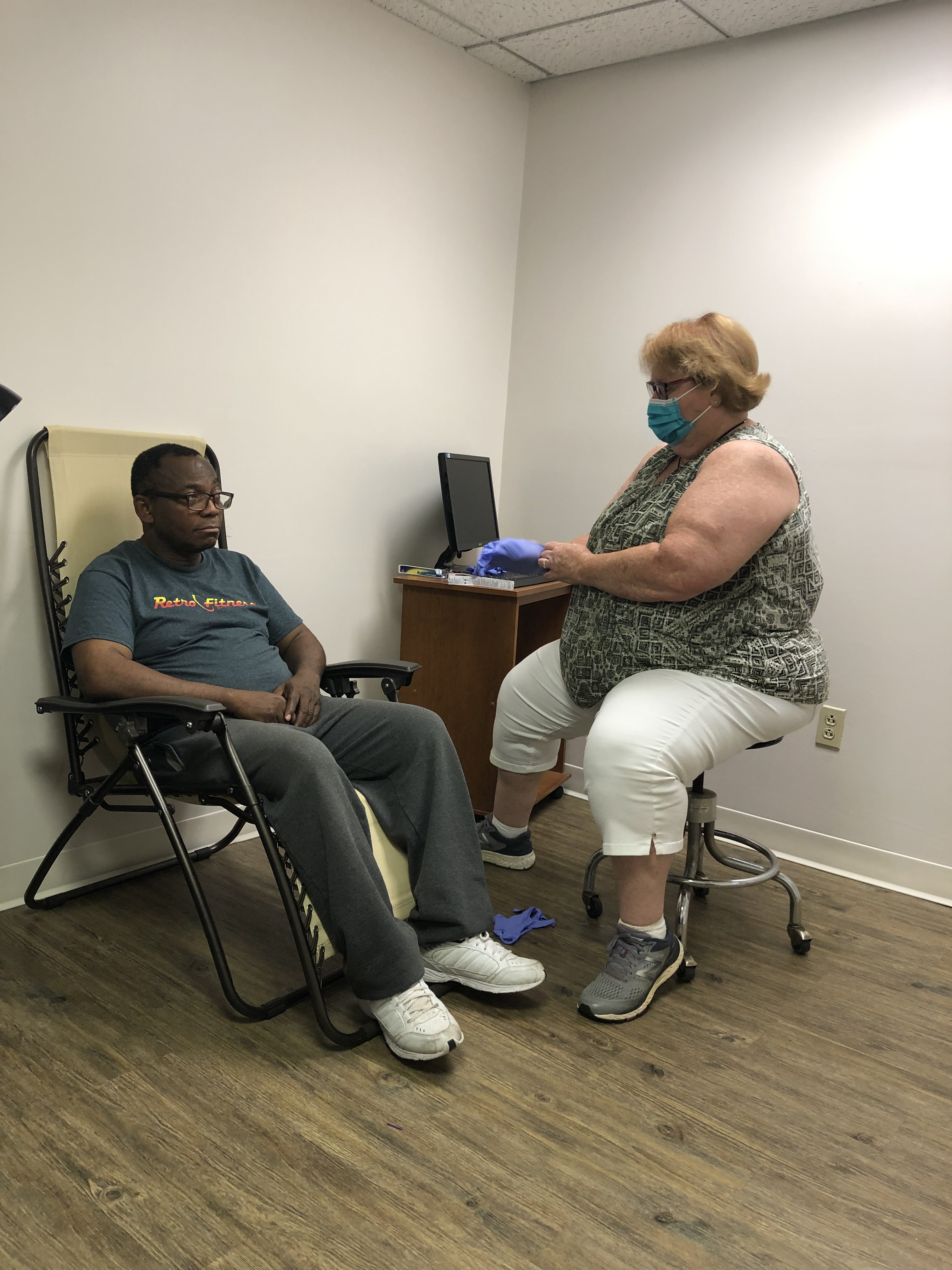
Learn more about us, and if you have any questions, visit our FAQs for answers and additional support!
Empowering Excellence
Through transformative education and compassionate care, Power to Marc, MJI, and PWP are dedicated to fostering active participation, empowering individuals with disabilities, and enhancing the quality of life for all we serve.
Sam West, having a blood draw with NO RESTRAINT for the first time in 29 years. Sam had been restrained by several adults each time he needed a blood draw
Understanding our
Organization
Brand and Branches
Success Stories

Marc
Before he was 11, Marc Jastrebski (who loves all things Philadelphia Flyers and Eagles, and also has Down syndrome) had been through two open-heart surgeries,
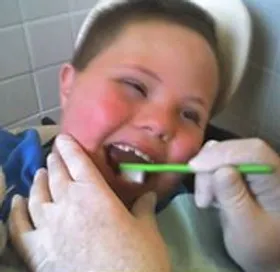
Ryan
Ryan is a great guy who also happens to have Down syndrome. Ryan and his dad Steve worked with PWP initially for blood draws, then
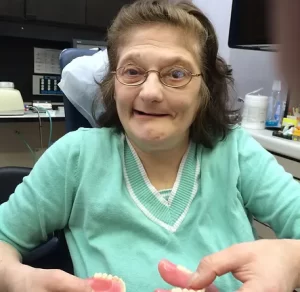
Donna
Donna is a lovely woman who is very engaging. She has developmental disabilities as well as some mental health issues, and any kind of dental